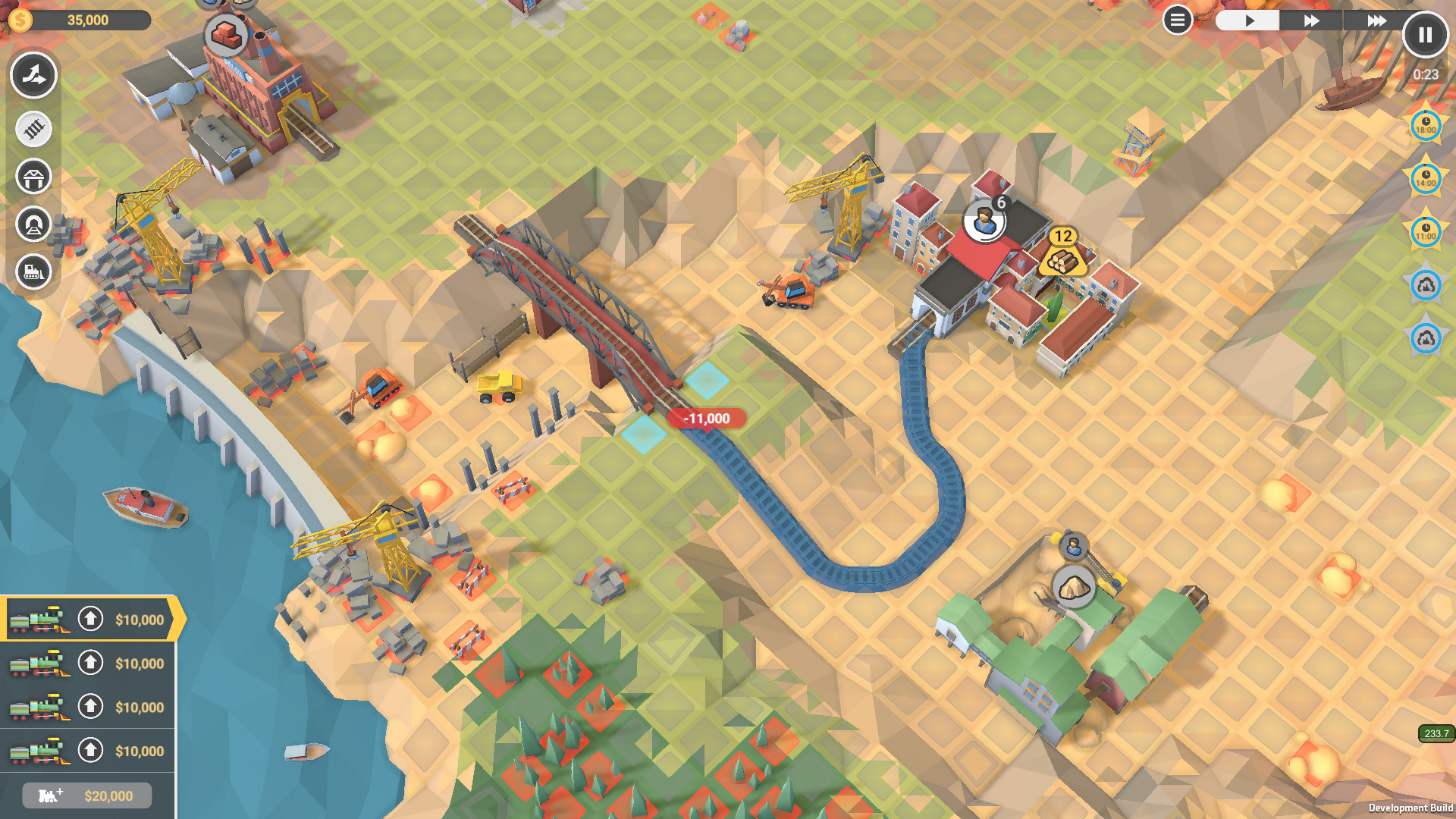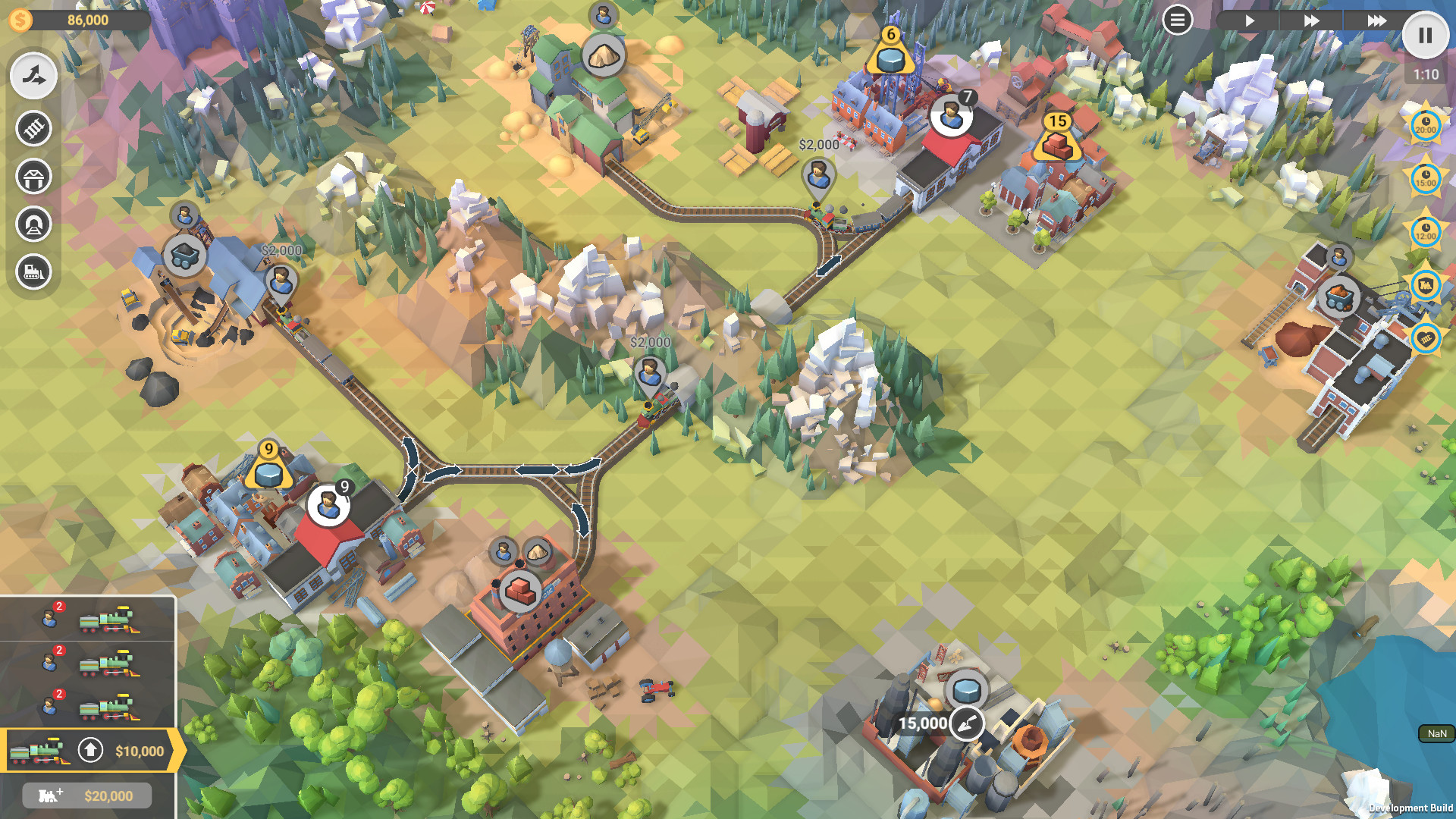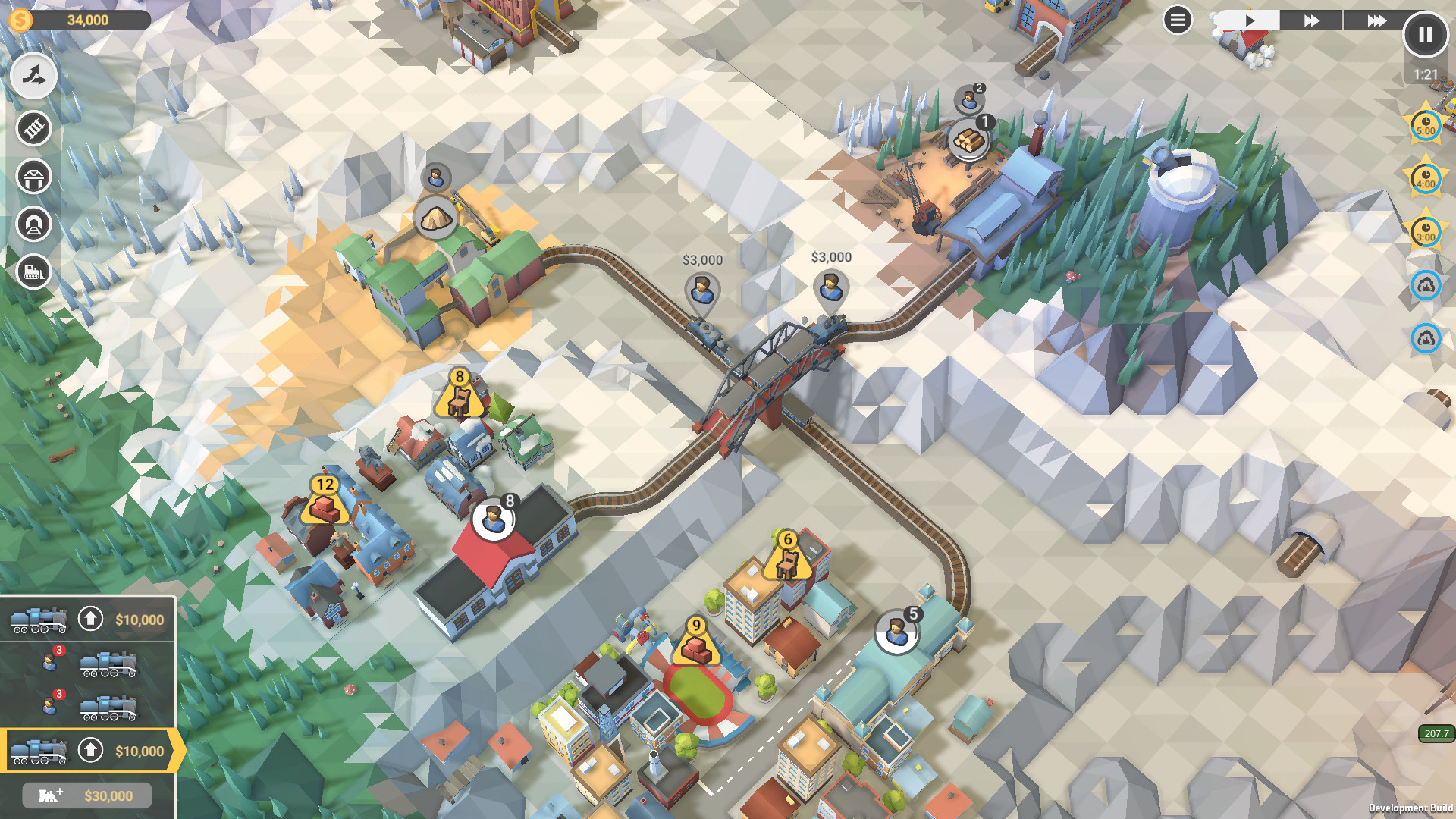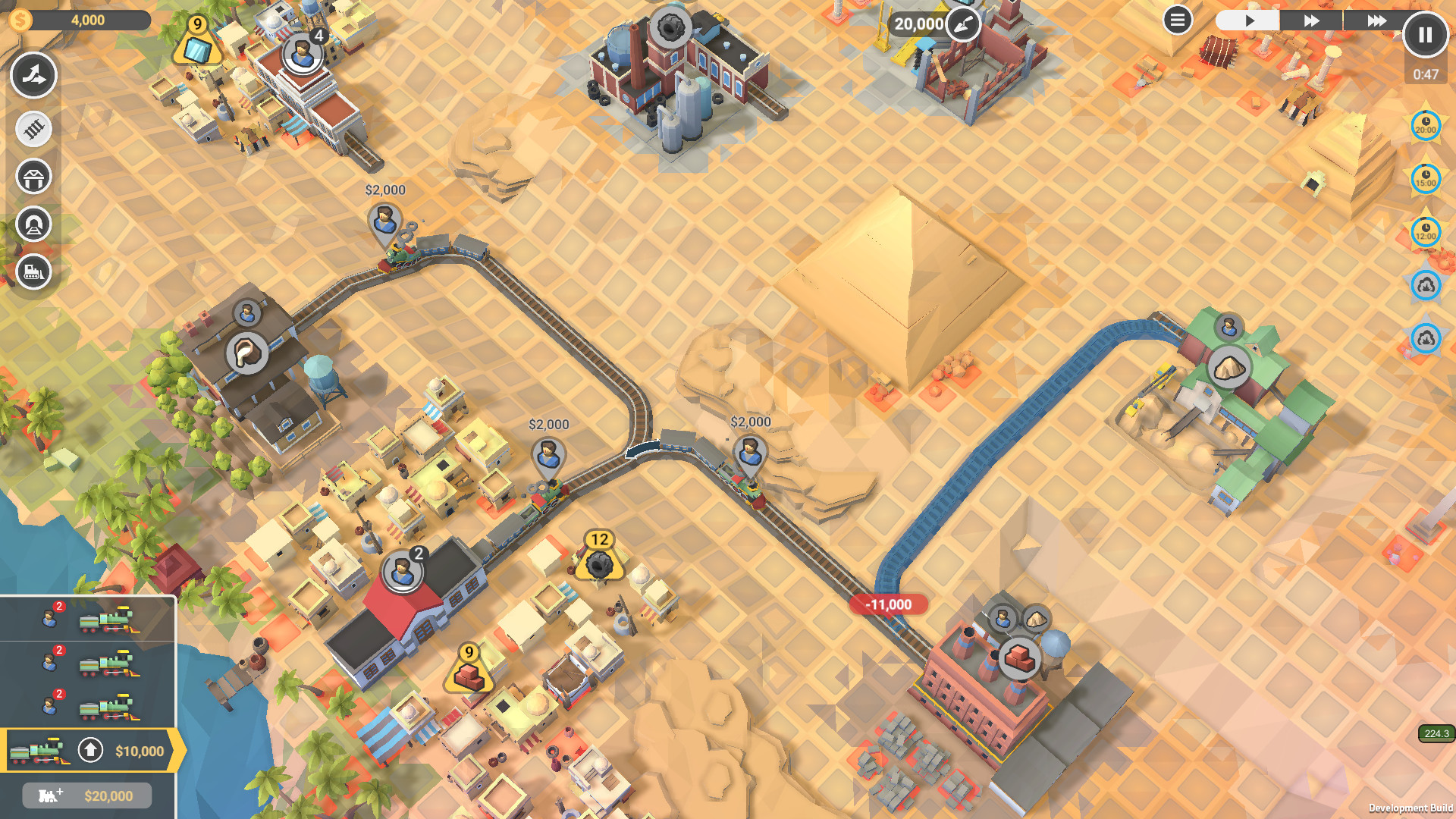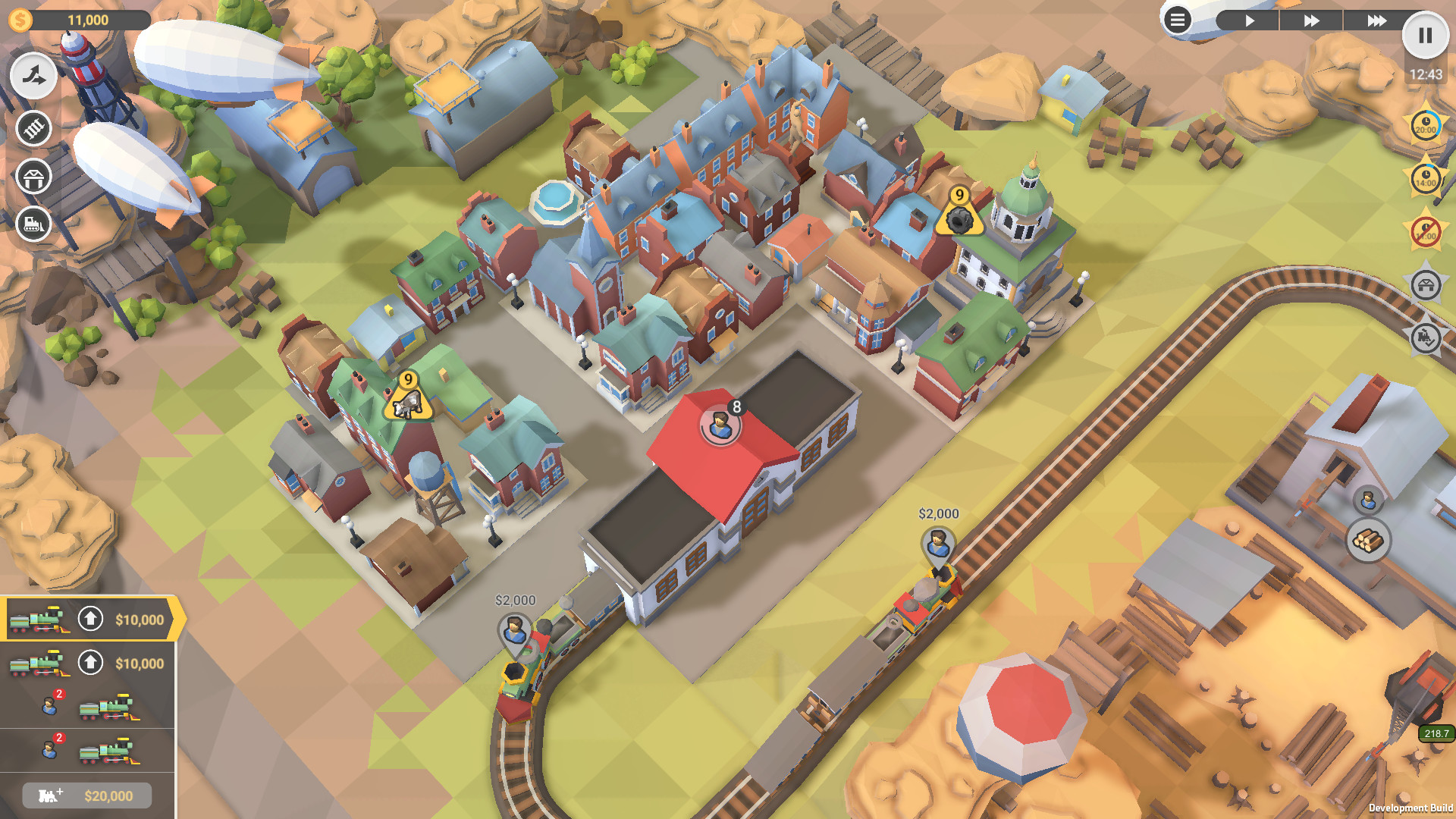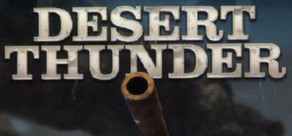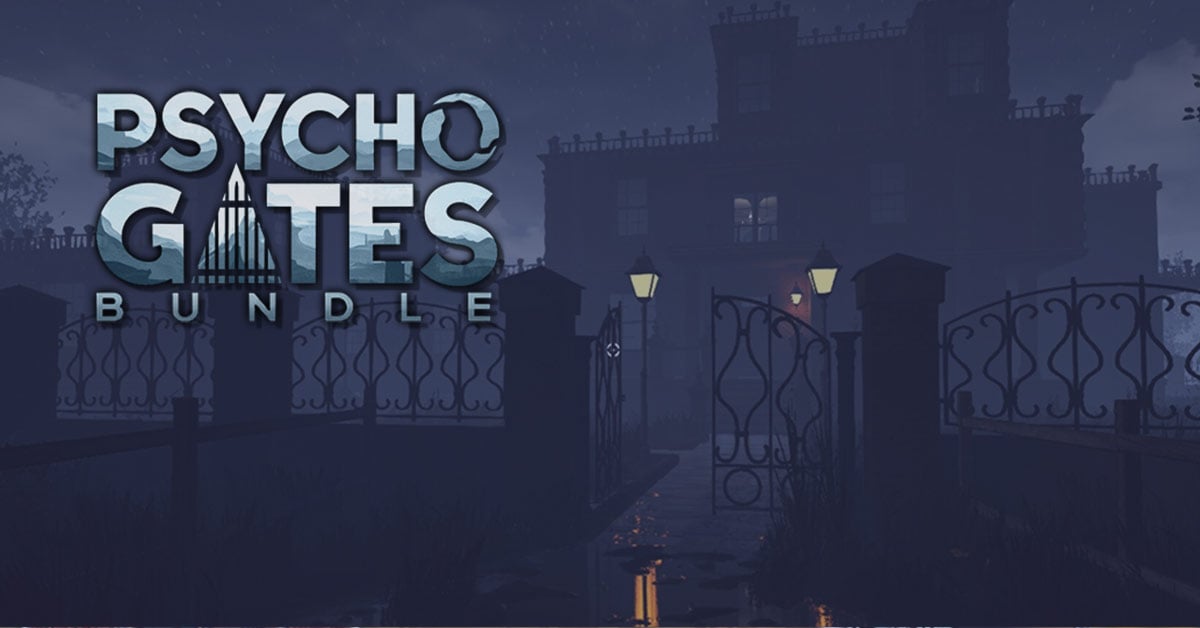
Enjoy engaging and addictive gameplay, combining puzzle micromanagement with tycoon elements.

Discover the history of railroads in elegant low-poly graphics!

Keep your trains running on schedule across 50 levels in Company Mode (*the Early Access version currently offers 20).

Upgrade your stock of locomotives and acquire advanced engines, with 18 models to unlock (*the Early Access version currently features 4).

Produce and ship increasingly sophisticated goods in more than 35 types of train cars (*the Early Access version currently offers 21).

Jump into our Level Editor with Steam Workshop integration and create your own Valleys - or play levels from other players!

Create your own mods with custom locomotives, train cars, industries, and resources from your favorite time or universe.
Greetings train lovers! Our weekly look at the history of locomotives is back. Last week we unveiled the 3rd generation of locomotives: the Diesel Era that dethroned coal and steam in the mid-60s. We learned more about the TE3, a locomotive that started as a knockoff but quickly became the staple engine in the USSR for decades. Today well cross the Iron Curtain to discover two Western machines: one from the US and a second from the UK. Just as the TE3, both of them were diesel-electric: engine and wheels were not mechanically connected; instead, the engine drove an electrical generator, which in turn powered the traction motors. Hop in, take your seat and enjoy the ride!
The EMD FP7
The United States of America had started to develop Diesel-powered engines in the 30s. The American Locomotive Company (ALCO) pioneered this endeavor by producing custom streamliners (custom engines designed for specific purposes). General Motors decided to join very soon after seeing their success, so they started producing standardized locomotives under the banner of their subsidiary Electro-Motive Company, later rebranded as Electro-Motive Division. In 1935 they started building their E- and F-units line of locomotives for passenger trains. They quickly became popular, but they had a problem: their wheel arrangement made them less useful when crossing mountainous terrain. The newly designed F locomotive addressed that problem, with a B-B wheel arrangement (two trucks with two powered axles), but there was another issue with them: they used a steam generator for heating passenger trains in long travels and there just wasnt enough space in the F7 for the extra water. They tried to fit water tanks here and there, even putting them in the baggage cars and piping the water to the engines but at some point, they just acknowledged the problem and designed the FP7 which is pretty much just a 1.2 meters-longer F7! (Photo from Wikipedia )
(Photo from Wikipedia )Check the side of the locomotive in this picture: can you see theres a large distance between the first side porthole and the first filter grille? Thats where the extra space for the water tank was added. The corresponding extra space under the body either remained empty or was filled with another water tank that looked like a transversal barrel. 381 FP7 were produced for 4 years to made different routes all over the United States. They, along with their smaller (but more popular) sisters the F7 locos, remained in service until the 70s (a bit longer in Canada). Thanks to this, its shape (and that of the F7) is one of the easier to recognize by American train lovers, being now entrenched in the popular memory of the whole continent.

And what about our in-game version? Here you have it, with his high front, double windows, and frontal lantern and lights, making it look a bit like a dogs muzzle. As you can see, there is also a lot of space between the portholes, and the long longitudinal grille is also very recognizable.
The British Rail Class 37 The tractors
By the 50s, the British railway system was a bit of a mess slow, unreliable, operating at a loss and even unsafe. The government decided to bring it up to date and take measures to make it more attractive, both to passengers and freight operators. The main measure to be taken was the quick substitution of steam machines for diesel locomotives: it took them less than 10 years to produce implement up to 2,500 engines. Sadly, this haste meant that there was no time for proper research and development, building and testing prototypes thoroughly, etc and actually, the whole plan is now regarded by historians as an incredibly expensive failure, but thats another story.The Class 37 was one of these machines. The company English Electric had some experience producing locomotives for railways in East Africa; they adapted one of their designs and presented it to the authorities. The design was quickly accepted and even more quickly produced: they didnt even bother with building and testing prototypes! Luckily, they worked well enough so well that some of them still remain active in different duties.
 (Photo from Wikipedia )
(Photo from Wikipedia )This machines had a Co-Co wheel arrangement, a common wheel arrangement with six-wheeled bogies with all axles powered by separate traction motors (similar to the TE3, which had two of these). Capable of hauling heavy trains without problems, they were used for pretty much everything, from passenger lines to freight work; so they became one of the most popular in the British islands, especially in Scotland and the East Anglia region where they formed the backbone of the InterCity services. Train lovers nicknamed them as Tractors because of the sound of its engine. And the story goes that a Class 37 loco is haunted by the ghost of a driver who was killed by an object thrown from a train passing in the other direction if you are in a British train and a horn blows by itself, or a fire bottle randomly sets off, maybe you are riding the infamous British Cursed Loco
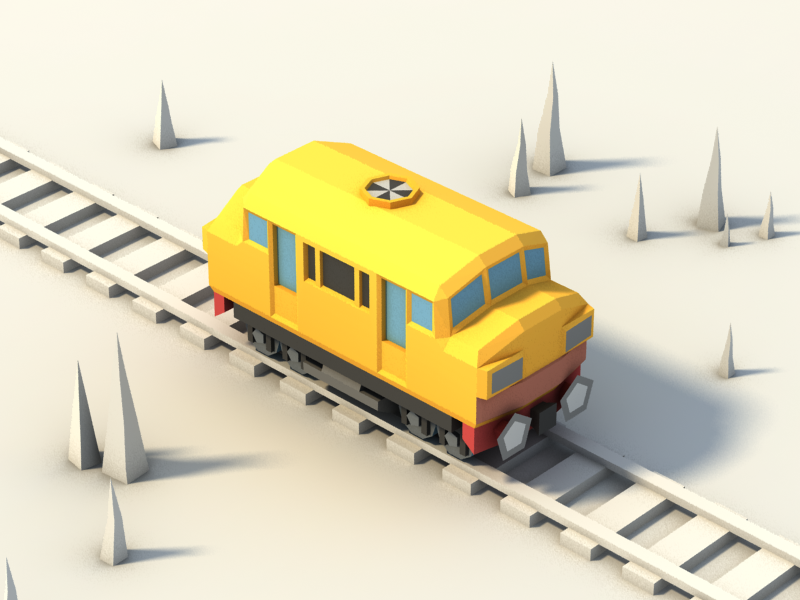
Its in-game counterpart features no ghost, but you surely can recognize the shape and design of the Class 37 in it. See the curved triple window in the front, the short square front with its stoppers, and how the roof goes down again in its back.
Thats all for this week! See you soon with the next entry in our history of locomotives, when we will see more modern diesel machines from the 60s and 70s. Enjoy the ride! tv2conductor
Minimum Setup
- OS: Ubuntu 12.04+ or SteamOS+
- Processor: 2.2 GHz CPUMemory: 2 GB RAM
- Memory: 2 GB RAM
- Graphics: ATI Radeon HD 2400 or NVIDIA GeForce 7600
- Storage: 1 GB available space
Recommended Setup
- OS: Ubuntu 12.04+ or SteamOS+
- Processor: 2.2 GHz CPUMemory: 4 GB RAM
- Graphics: NVIDIA GeForce GTX1050 Ti or higher
- Storage: 1 GB available space
[ 6372 ]
[ 5599 ]
[ 1991 ]
[ 1943 ]
[ 986 ]

